Uganda’s bird watching destinations are as varied as the species they host, offering experiences that cater to both dedicated ornithologists and casual nature enthusiasts. The Bwindi Impenetrable National Park is perhaps the crown jewel of forest birding, renowned not only for its mountain gorillas but also for its rich bird diversity. Here, over 350 species thrive, including 23 Albertine Rift endemics such as the handsome francolin, the regal sunbird, and the dusky crimsonwing. The dense forest trails echo with the calls of colorful turacos and warblers, making every hike a sensory spectacle.
In the open savannahs of Queen Elizabeth National Park, bird watching takes on a different character. The park is home to over 600 recorded species, among the highest of any protected area in Africa. From the shores of the Kazinga Channel, where African fish eagles patrol the skies and pied kingfishers hover above the waters, to the expansive Ishasha sector, where vultures and storks gather in the company of tree-climbing lions, the diversity here is breathtaking. The mixture of wetland, woodland, and grassland habitats ensures an endless array of sightings.
For those seeking a chance to encounter Uganda’s most iconic bird, the shoebill stork, the Mabamba Bay Wetland near Entebbe is the most reliable location. This vast papyrus swamp harbors several pairs of the prehistoric-looking bird, whose massive bill and solitary nature make it a prized sighting among birders worldwide. Beyond Mabamba, the Murchison Falls National Park and its Nile River waters host over 450 species, while Kibale National Park, known for chimpanzee tracking, delights birders with the African grey parrot, green-breasted pitta, and many forest specialists. Each of these destinations presents a unique aspect of Uganda’s avian wealth, ensuring that no two birding excursions are ever the same.

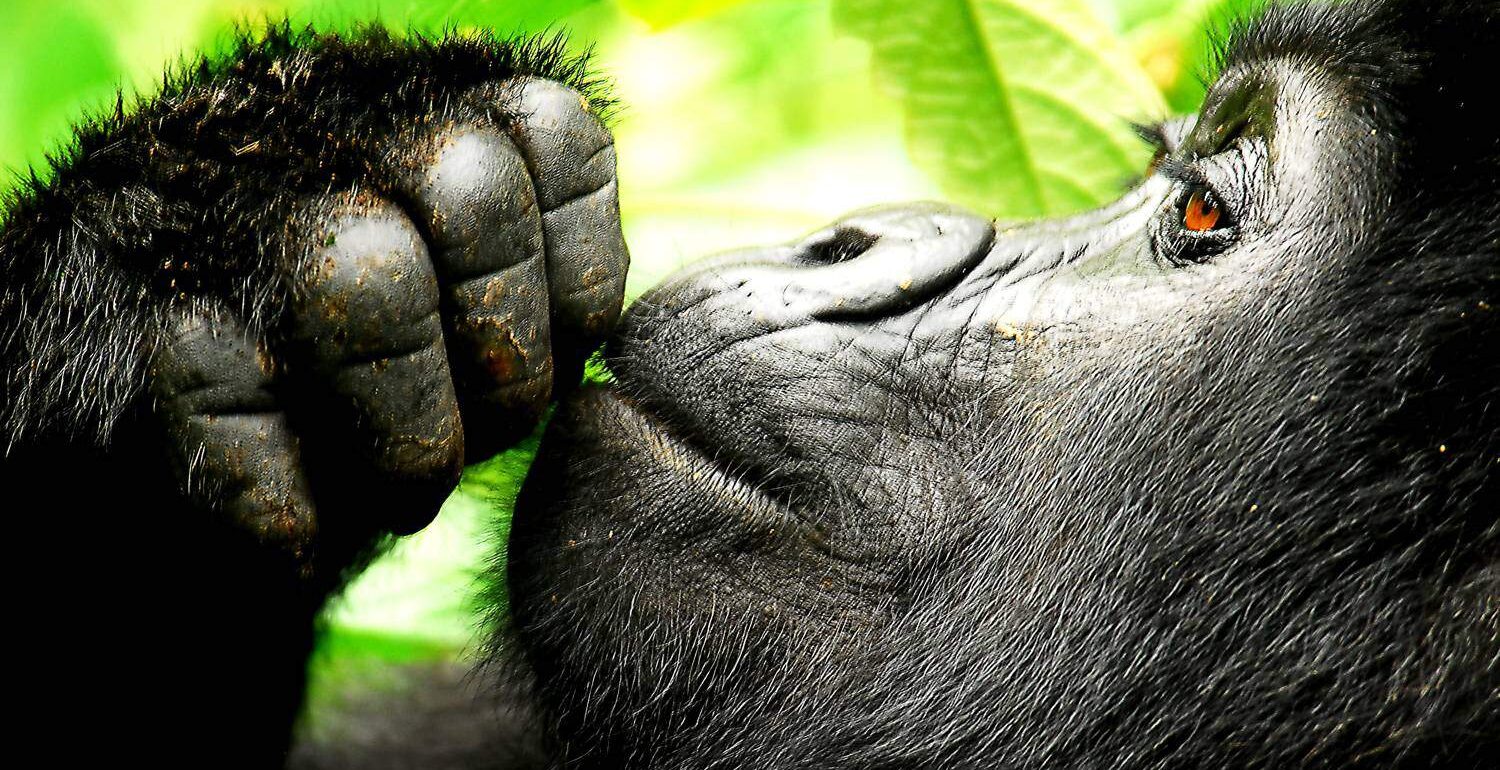
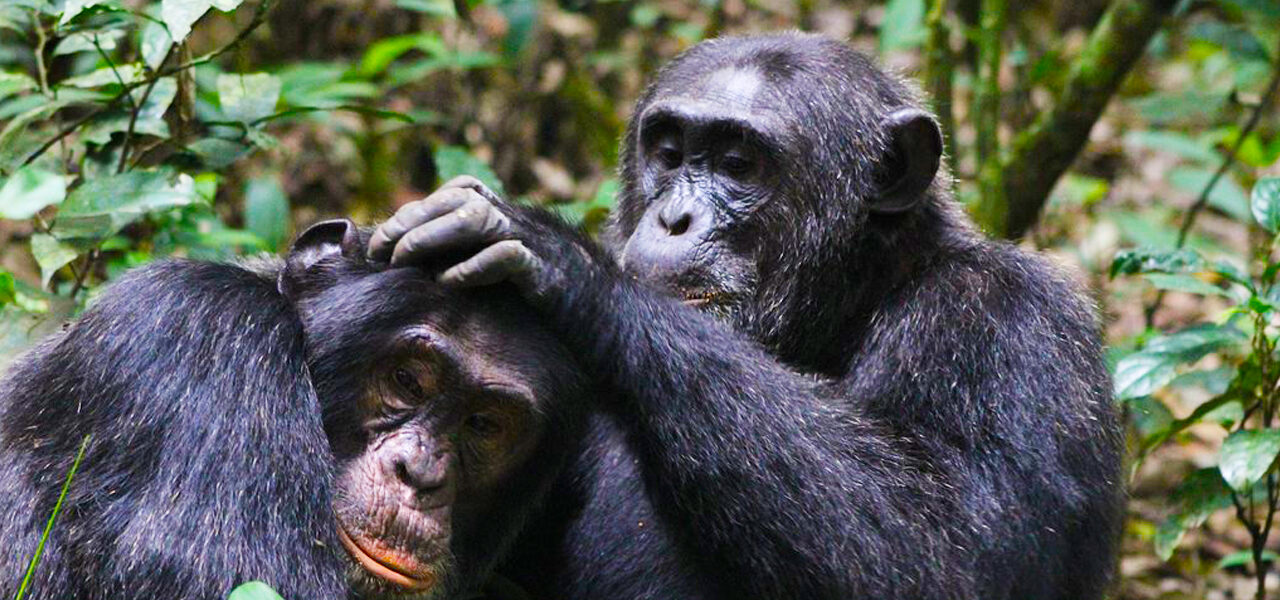

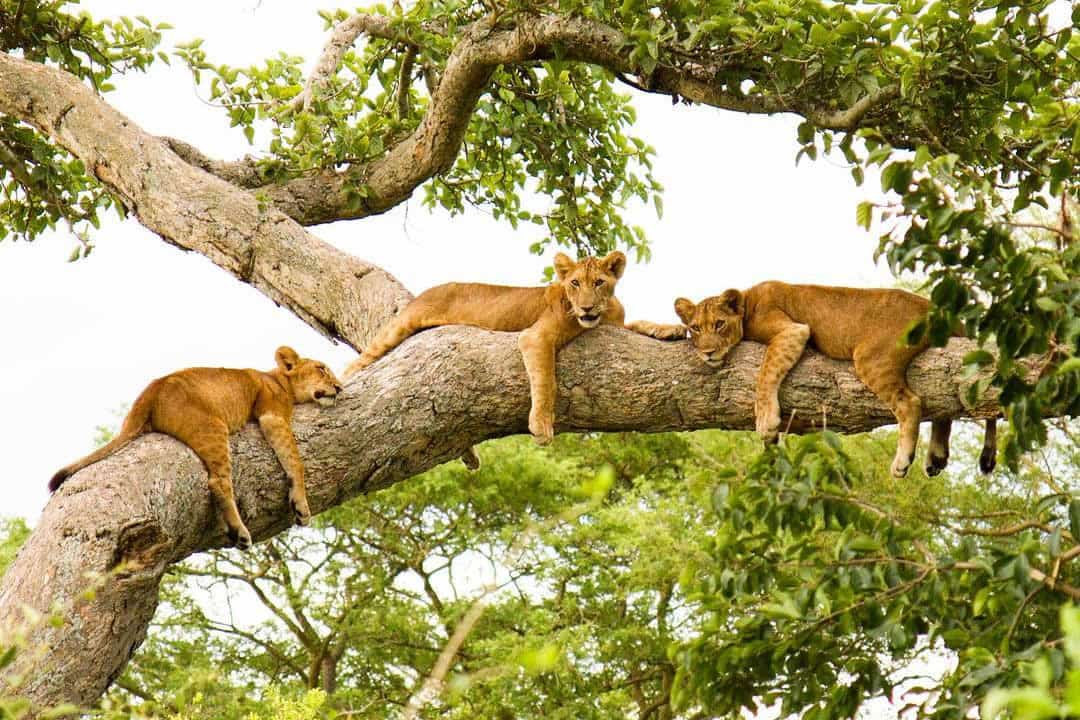
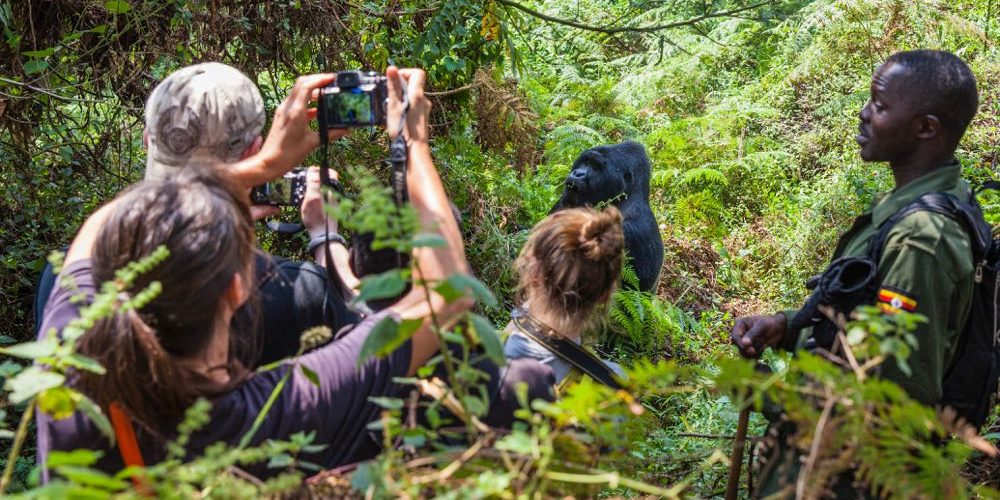
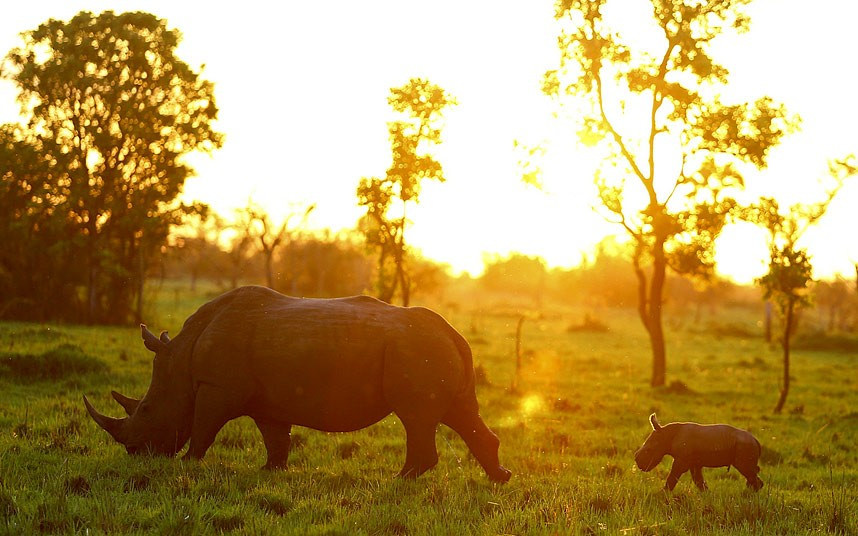

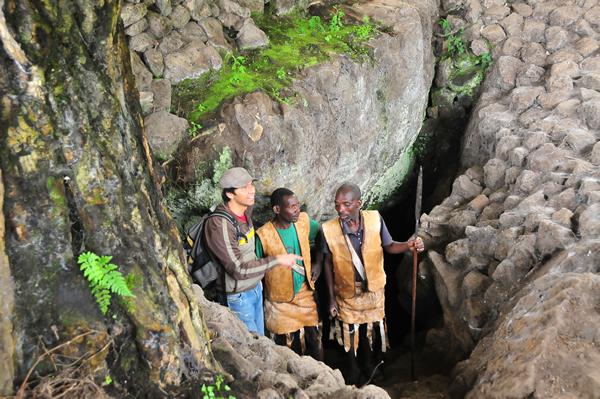

 WildHorn Africa – Authentic and unforgettable tours across Africa, guided by local experts who know the land, wildlife, and culture best.
WildHorn Africa – Authentic and unforgettable tours across Africa, guided by local experts who know the land, wildlife, and culture best.


